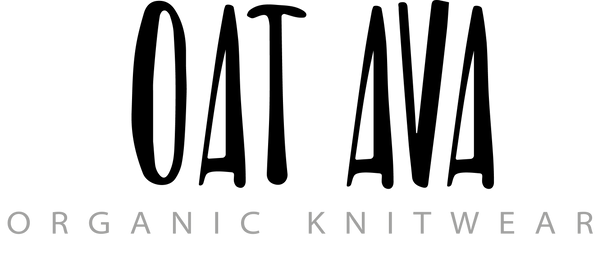our practices
pre-order system
Some of our collections and garments we offer in a pre-order system. This allows us to avoid overproduction, (which is one of the biggest problems that fashion industry is facing), and also to minimize waste.
What is a pre-order system?
In a pre-order model the customers pay upfront for the product they would like to purchase and then receive it days/weeks later. With this model the brand only produces the garment once it has been ordered, thus avoiding overproduction and minimizing textile waste.
Why is it better for the planet?
Inherently, a pre-order model minimizes textile waste by producing only the amount of items that have been ordered, thereby reducing overproduction. Additionally, pre-orders help to better calculate fabric need for production as well. By avoiding overproduction also less fibers and fabrics are required which means less water usage, energy consumption as well. Lastly, it also can mean more conscious consumer decisions and clothes ending up unused in landfills. By waiting sometimes weeks for a garment to arrive it also helps customers to consider more carefully what they buy and avoid impulse shopping and buying garments they don’t really like, or need.
packaging
As a business primarily selling online, reducing our packaging waste is a top priority for us. Most of the packaging in the fashion industry is made of plastic, however an OECD report revealed that plastic packaging contributes to 40% of plastic waste, with clothing and textiles making up 11% . Only 9% of plastic waste is recycled, while the remainder piles up in landfills, unregulated dumpsites, or plants for incineration. We knew that in our packaging we therefore only want to use plastic-free materials such as paper, card box, natural yarns. While aesthetics, small details and protecting the garment during shipping are important for us we try to minimize the wrap, additional paper going into the packages. We also ask you, our customers to help us reducing this impact by recycling the paper envelope/box and wrap your garment come with.
price transparency
At OAT AVA we believe that transparency is essential for sustainability. This includes transparency in our supply chain and pricing. We aim to provide clarity on the true cost of our garments so that our customers can understand the value of their purchases.
What does our price consist of?
The price of our garments includes material and production costs, logistics expenses & company expenses (employee wages, investments, website and marketing fee).
Sustainable/ethical brands can sometimes seem more expensive, but this is due to unsustainable practices by fast fashion brands. If a fast fashion item only costs 10 €, it means someone in the supply chain is not being paid enough (as the profit rate for fast fashion brands is very high), usually the garment worker or artisan or that the material used is the cheapest alternative. We believe that by price transparency our customers can better understand how much of their payment goes to production and the people making it, how much for the more sustainable fabrics etc.
To increase transparency, we provide a breakdown of our garment prices, including materials, labour, logistics, company costs, and taxes.
Breakdown of our prices:
Materials: This includes the cost of the fibers, fabrics, threads and labels. As sustainability is important for us, we purchase our organic cotton fibers from a trusted, certified Italian supplier but this has a higher cost than using conventional cotton that is coming from overseas. The materials roughly made up about 13 % of our final price.
Labour: Included the price we pay to the small, family-owned knit mills to create the fabric and also the one we pay for factories to produce (sampling, cutting, sewing included) one garment. It makes up about 22 % of the final price.
Logistics: It includes the shipping of the yarn from Italy to Hungary (where production is done), and shipping the products from our production sites to our warehouse. It also includes packaging costs. It is about 4% of the final price.
Company fees: This includes the employee wage, renting the office, website and marketing costs and it also includes our profit margin. It allows us to air a fair wage to everyone who is working with us in packaging, photographing new collections and so on. We are currently re-investing our money into creating better, high-quality products. It ends up around 36,3 % of the final price.
Tax: We pay the sales tax applicable in the country our products are sent to, so this amount changes on based on where we ship the clothes to. In average it is about 24 % of our price.
Payment fees:There is also a percentage that we have to pay to our payment provider after each sale made through our website. This is about 0,7% of our price.
